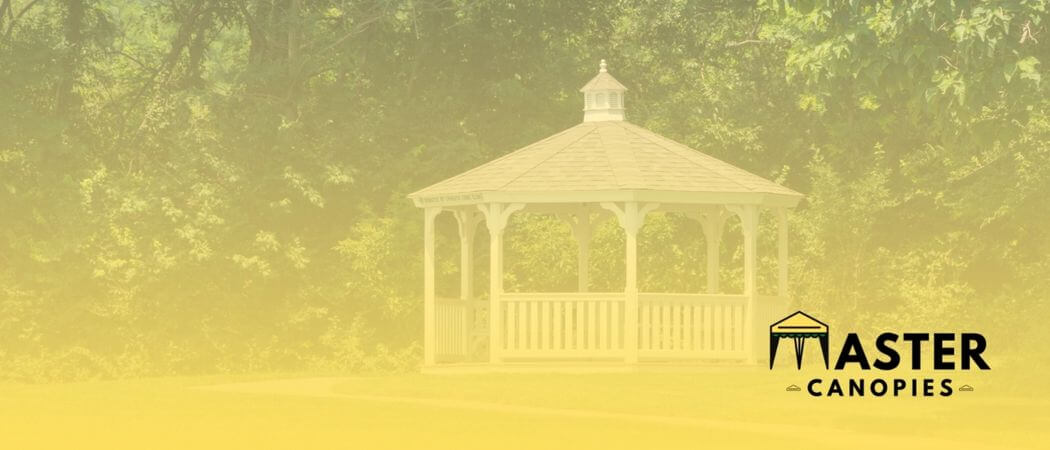
History of Gazebos: Who Invented the Gazebo?
History of Gazebos: Who Invented the Gazebo? Published October 6th, 2022 by Allen Campbell Let’s talk about the history of gazebos. Who invented the gazebo?
Published October 7th, 2022 by Allen Campbell
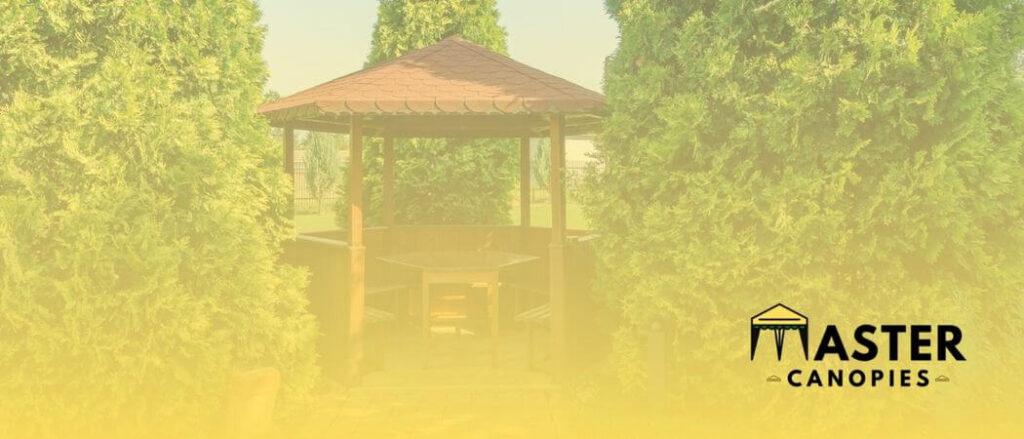
What kind of roof should you put on your gazebo? What is the best material for a gazebo roof?
When people think about building a gazebo, these questions come to mind. There are a few things to consider when making this decision, including the climate where you live and the materials available in your area.
In this post, I will take a look at some of the most common roofing materials and discuss their benefits and drawbacks. I can also assist you in determining which material is appropriate for your requirements. So, let’s get started!
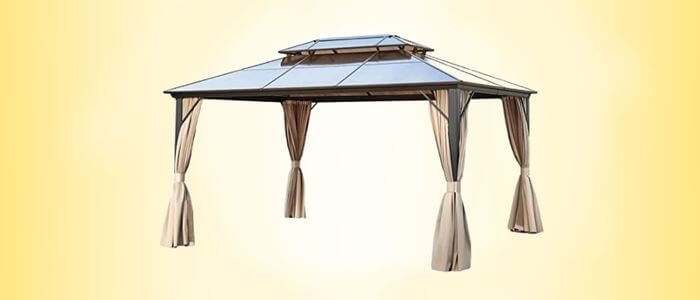
Gazebos are the best method to be safe from the sun as well as rain. There are several kinds of gazebos available on the market, but they all have one thing in common: a raised floor, a covered top, and open sides.
You can find these wonderful structures in parks, on people’s properties as well as outside their homes. Gazebo builders have expanded their reach across America and now you can find these in almost every state.
Mostly, the gazebo made on public property has a solid and sturdy roof covered with asphalt shingles whereas the gazebo on private property has a replaceable roof.
The replaceable roofs are usually made of only fabric and they look like an umbrella placed over the gazebo. The fabric roof is meant to safeguard the structure as well as the people inside it from harsh weather conditions.
There are a number of different types of gazebo roofs on the market, each with its own set of benefits and drawbacks, but what is the best material for a gazebo roof? In the next section, I’ll go through a few of the most common kinds of gazebo roofs.
The painted canvas roof is quite reliable and can last for many years if it is properly taken care of. This type of roof is made of a heavy-duty canvas fabric that is coated with waterproof and UV-resistant paint. The painted side of this fabric is faced outside and the uncoated side is inside the gazebo.
The painted canvas is available in a wide range of colors, which allows you to choose the one that best suits your taste. If taken care of properly, a painted canvas roof can give you at least 8 years of service.
The Dyed canvas covers are not as durable as the painted canvas and will start to fade after a few years. I would recommend this type of roof only if you live in an area with a lot of suns and not much rain. It is because the dyed canvas fabric is not as waterproof as the painted canvas. Not only that, but the color of the fabric will start to fade after a few years of exposure to the sun.
However, the dyed canvas is available in a wide range of colors and can be a great choice if you want to add some color to your gazebo. I would also recommend this type of roof if you are looking for a cheaper alternative to the painted canvas.
The Vinyl-coated gazebo roof is durable and long-lasting. It is made with two materials, canvas and vinyl. The vinyl coating is from the outside and the uncoated canvas is on the inside. From distance, the surface appears opaque but when you look closely, there is some transparency to what lies beneath.
You can use this type of roof in any climate, although it is best suited for areas with a lot of suns and little rain. The elegant look of the vinyl-coated roof will add a touch of class to your gazebo for up to 7 years.
The Vinyl-laminated polyester covers are made durable and strong by acrylic paint that is laminated on both sides of the polyester fabric. It is because the polyester fabric tends to be quite weak and can tear easily. The acrylic paint makes it more durable and also gives it a waterproof quality.
This type of roof is best for places that receive moderate sunshine and rain. Even after being laminated with acrylic paint, the polyester fabric can still offer a good amount of sunlight and ventilation. If you don’t require full shade and are okay with some sun, then this type of roof is a good choice.
You can enjoy using this roof for about 8 years. These covers are known for their durability and long lifespan. With its mildew-repellent capabilities, it is perfect to be used in areas with high humidity.
You will find acrylic covers to be more weather resistant than any other type of gazebo roof. It is because the acrylic fabric is a man-made synthetic that does not rot or mildew as easily as natural fabrics like canvas. Not only that, the acrylic fabric will give you more years of service as it has a lifespan of about 10 years.
Roofs of this type are the most practical for structures situated in regions with harsh weather conditions. The acrylic fabric will protect the people inside the gazebo as well as the structure itself from strong winds, heavy rains, and even hail storms.
If any type of dust or debris hits the surface of the acrylic fabric, you can easily clean it in no time as compared to other fabrics. That makes this type of roof more durable and low-maintenance. You can also choose from a variety of colors when it comes to acrylic roofs.
Asphalt shingles are a popular roofing material for houses and now you can also use them on your gazebo. It’s possible to pick from a wide range of colors and designs. You can even get asphalt shingles that resemble your home roof. That way, your gazebo will complement the look of your house. The asphalt shingles will provide your gazebo with a more professional appearance.
Roofs made of metal are among the most long-lasting varieties. It has a long lifespan and can withstand any type of weather conditions. Whether it is strong winds, heavy rains, or even snow, the metal roof will protect the people inside as well as the gazebo itself.
You can pick from multiple metals, including aluminum or steel. Metal roofing is also available in different colors to match the look of your gazebo. You can even get these roofs with powder coated finish for a more polished look. It will protect the metal from rusting as well.
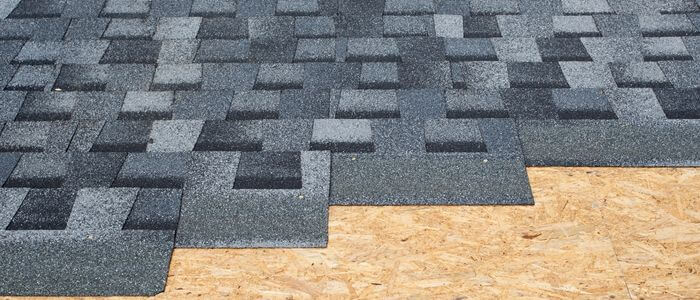
So, what is the best material for a gazebo roof? The answer may surprise you! Asphalt shingles are one of the most popular materials for roofs. Metal roofs are becoming more popular, but they can put a dent in your wallet.
And there are more decent and affordable options like vinyl-laminated polyester covers and acrylic covers. In my opinion, the best material for a gazebo roof would be Asphalt shingles if you want the more permanent and sturdy option.
Otherwise, I have listed some more fabric options that are cheaper and still durable enough to protect you from the weather. Whatever material you choose for your gazebo roof, make sure it is able to withstand the harsh weather conditions of your area.
If you’re looking for a gazebo roof that’s both durable and attractive, you may want to consider a polycarbonate option. Polycarbonate is a type of plastic that’s known for being strong and shatter-resistant.
In addition to its strength, polycarbonate is also lightweight and easy to work with. And because it comes in a variety of colors, it’s easy to find an option that will complement your gazebo’s overall look.
If you’re considering a metal gazebo for your garden or backyard, you may be wondering how well it will stand up to windy conditions. After all, no one wants their gazebo to blow away in a storm! The good news is that metal gazebos are actually quite resilient to high winds.
Thanks to their heavy weight and sturdy construction, they are able to withstand substantial gusts of wind without toppling over. In addition, most metal gazebos come with anchor kits that help to keep them securely in place.
If you’re lucky enough to have a gazebo in your backyard, you probably enjoy spending time there year-round. However, in the colder months, it can be difficult to keep your gazebo warm. Here are a few tips to help you stay comfortable in your gazebo all winter long.
If possible, place your gazebo in a location that is sheltered from the wind. A windbreak can make a huge difference in how warm you feel. Second, consider installing a heater.
There are a variety of different types of heaters that are designed for outdoor use, and they can really extend the amount of time you can spend in your gazebo. Finally, make sure to bring plenty of blankets! Cozy throws and lap blankets can add an extra layer of warmth, and they’ll also make your gazebo feel more like an inviting retreat.

Allen is a full time writer at Mastercanopies.com and enjoys traveling around the United States and exploring nature. He enjoys writing about canopies as he believes they are extremely crucial in having a successful camping trip whether it be a trip to the beach, mountains, or the open plains.

History of Gazebos: Who Invented the Gazebo? Published October 6th, 2022 by Allen Campbell Let’s talk about the history of gazebos. Who invented the gazebo?
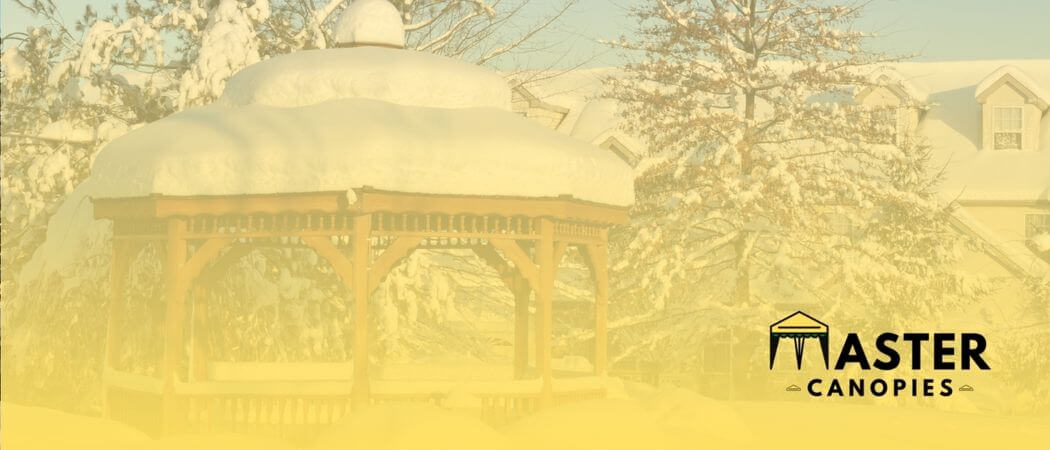
Best Gazebos for Winter: Top Picks Published October 5th, 2022 by Allen Campbell Although the thought of winter may send shivers down your spine, it
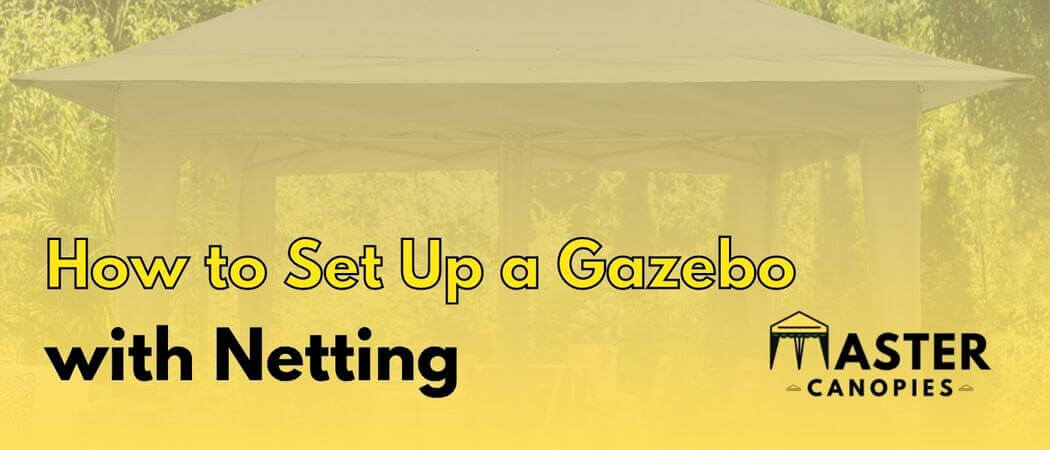
How to Set Up a Gazebo with Netting: Put Netting on Your Gazebo Published August 30th, 2022 by Allen Campbell Summer is in full swing,
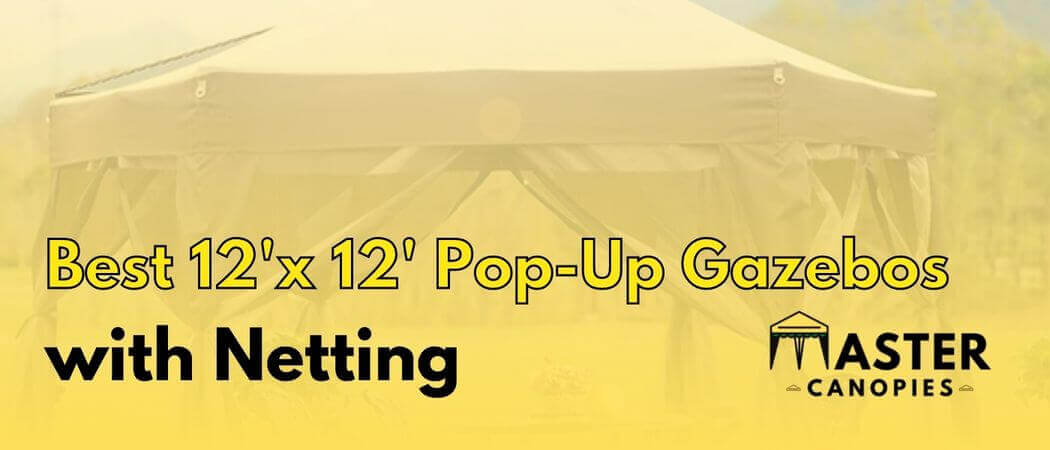
Best 12’x 12′ Pop-Up Gazebos with Netting Published August 29th, 2022 by Allen Campbell Looking for the best 12×12 pop-up gazebos with netting? You’ve come
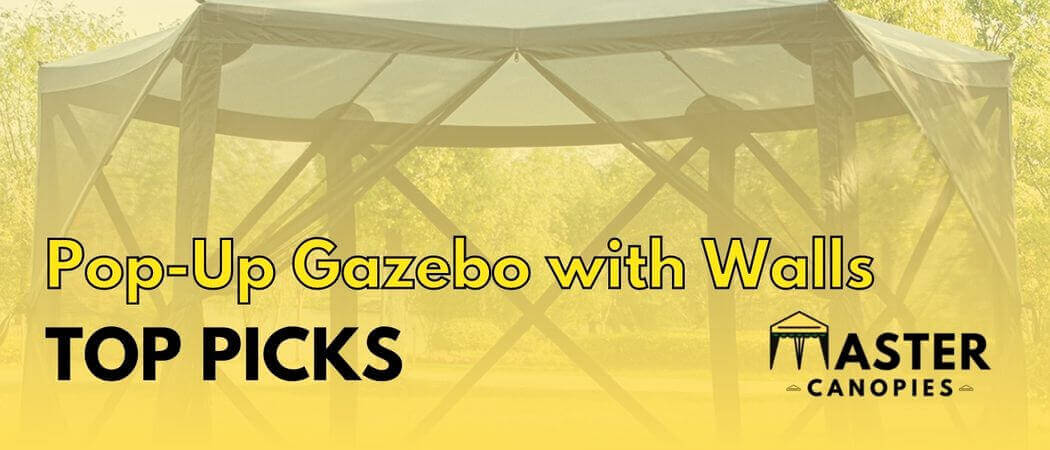
Best Pop-Up Gazebos with Walls: TOP PICKS Published August 25th, 2022 by Allen Campbell A gazebo is a great way to add some extra living
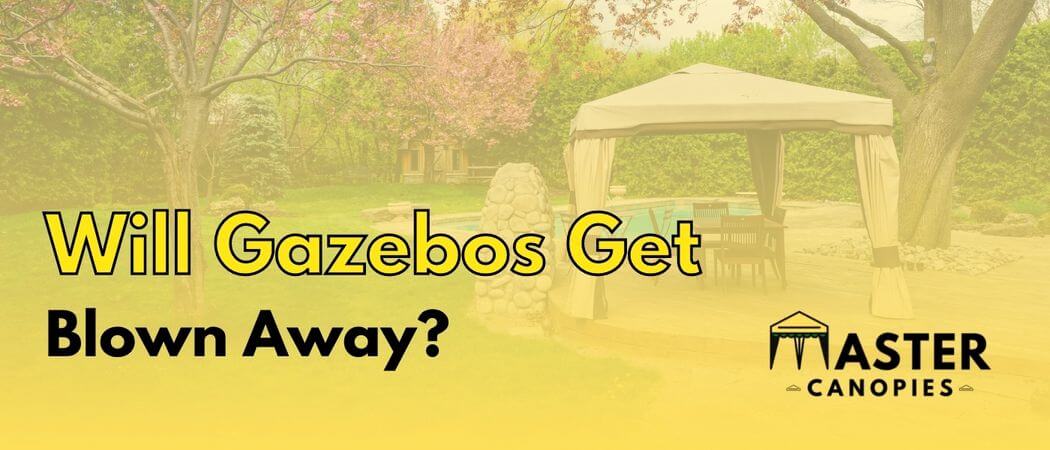
Will Gazebos Get Blown Away? How to Secure Your Gazebo Tent Published August 12th, 2022 by Allen Campbell Gazebos are a popular addition to yards
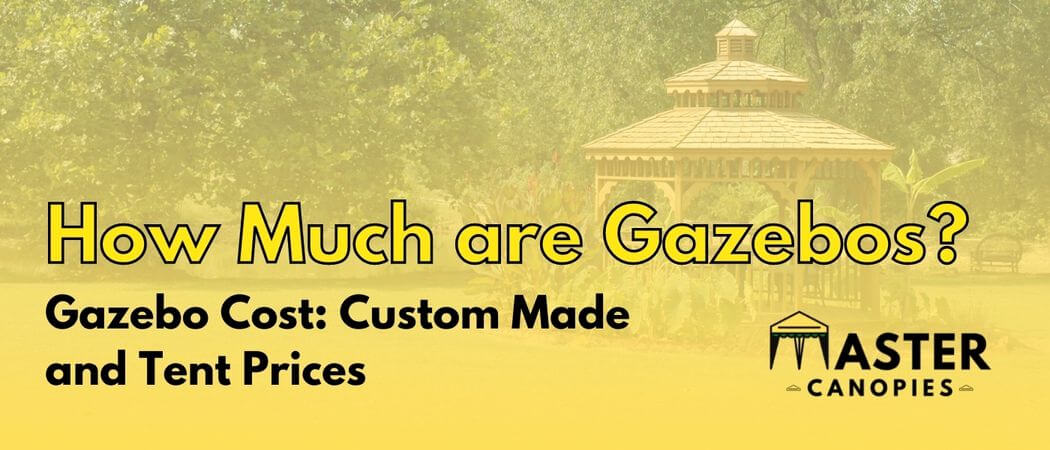
How Much are Gazebos? Gazebo Costs: Custom & Premade Prices Published August 12th, 2022 by Allen Campbell Making a gazebo tent is a great way
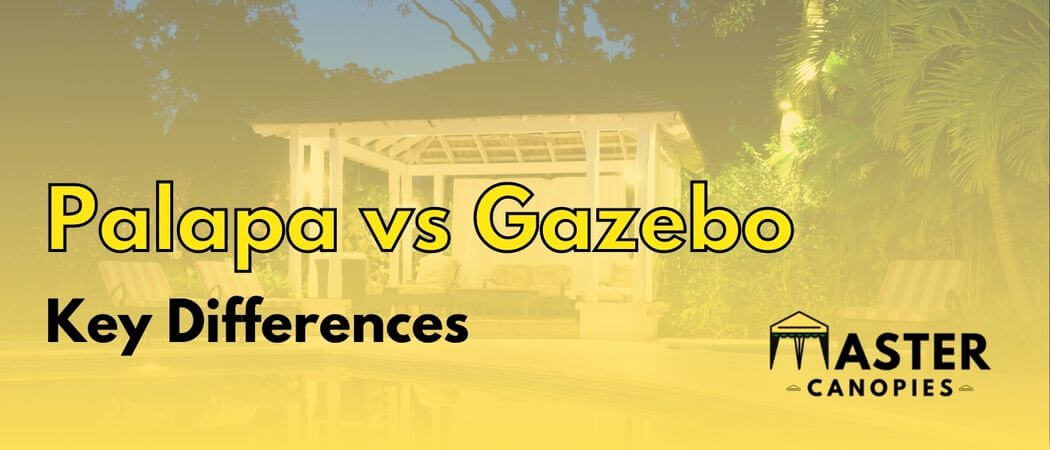
Palapa vs Gazebo? What are the Differences? Published August 4th, 2022 by Allen Campbell Whether you’re looking to add some extra shade and relaxation to

How Much Wind Can a Canopy Take? Published June 1st, 2022 by Allen Campbell When you need a little additional cover, a canopy tent might

Master Canopies is here to bring you the best canopies for the outdoors so that you can enjoy the fresh air without the gleaming and burning light of the sun.

Master Canopies is here to bring you the best canopies for the outdoors so that you can enjoy the fresh air without the gleaming and burning light of the sun. As an Amazon Associate, we earn from qualifying purchases.